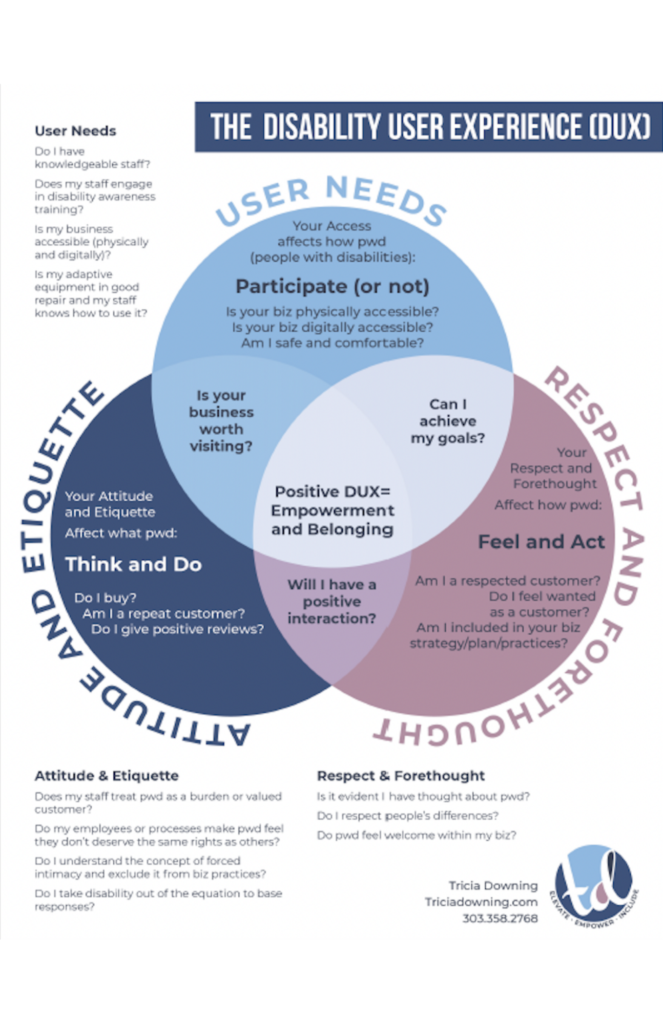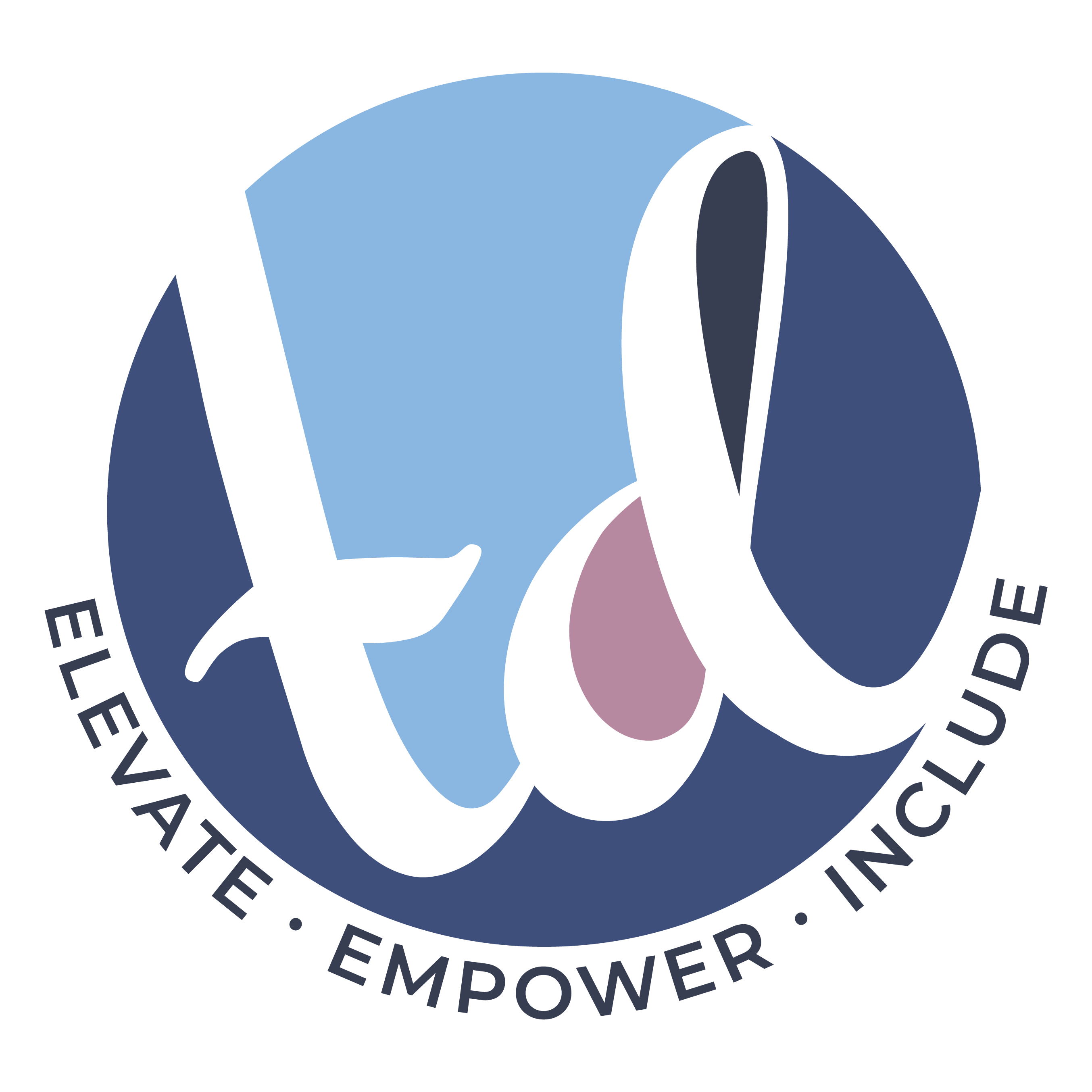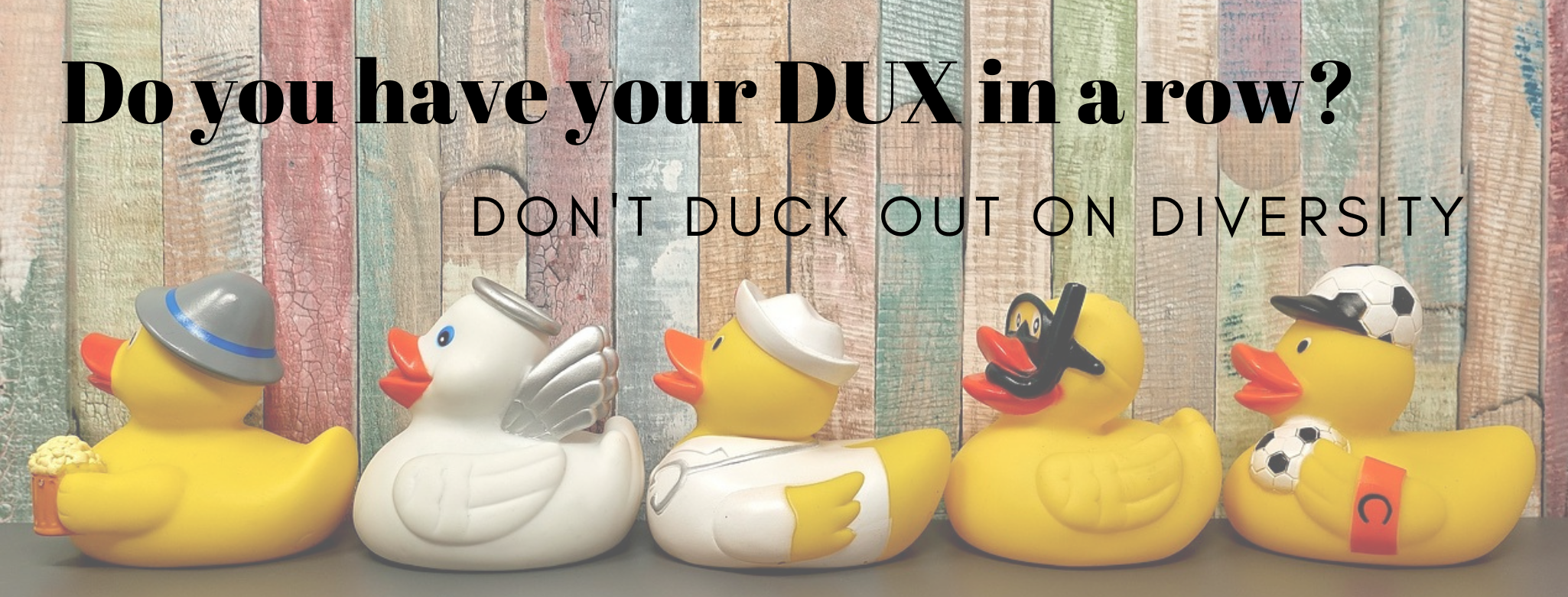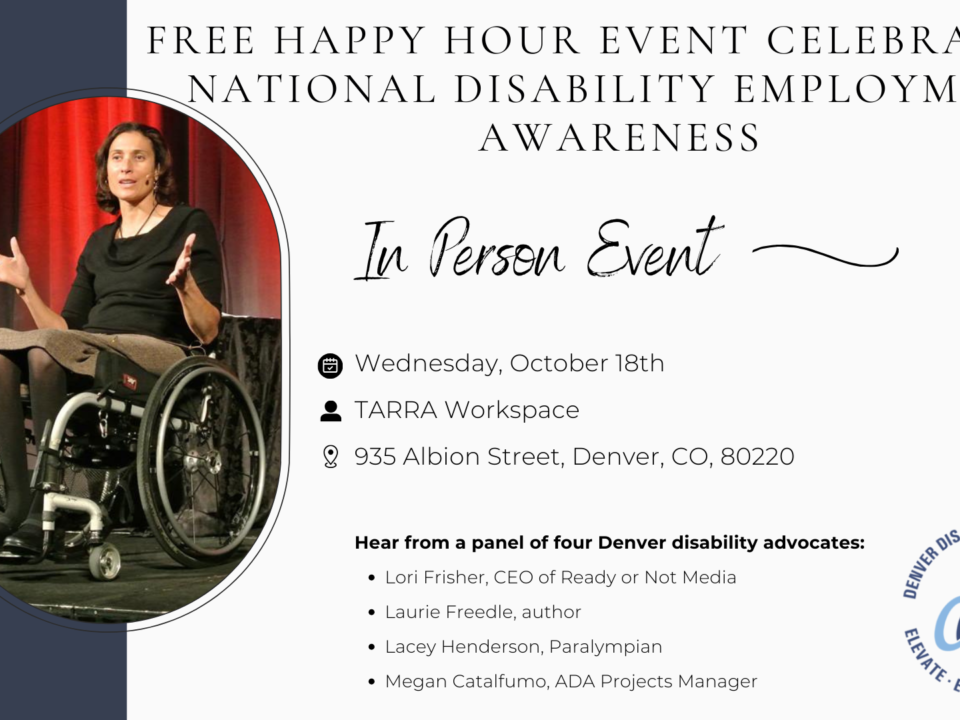UX. We see the acronym all the time to describe the experience of an end user of a business, a website or a service. But how often do we think of the individual with a disability as the end user; not just of a product or service, but of attitudes, barriers and a world that is not always inclusive? In my experience as a wheelchair user, the answer is not enough.
So, if you read the title of this article and wondered, “What does DUX mean?” I thank you for taking the time to find out. It’s only fitting to me to have ducks representing this term, because the inspiration for this blog was water. And ducks like water. So do I.
As an active individual with a disability, the Disability User Experience (DUX) sets the tone for every business I visit, every interaction I have, and the constant reminder that there are always going to be things I can’t do; not because I physically can’t do them, but because the DUX often isn’t considered.
I created the graphic accompanying this article (see below), last year, over the summer when many health clubs were beginning to figure out how to safely accommodate guests. I’m a regular swimmer and after the shutdown I was dying to get back into the pool. Little did I know it would be so difficult.
My regular pool, which is normally quite accessible and user friendly, had ceased all evening hours, so I wasn’t able to get in the pool since I work regular business hours.
Then I tried another facility, and this is where things got interesting. This facility is one that doesn’t have a single swimming pool, but has individual “infinity” pools and you can rent one on an hourly basis. It’s actually a great place to train and they cater to lessons and competitive swimmers, so it was perfect for me. The problem is, they don’t have a lift for wheelchair users, and the pools are about five feet high. I had been there before and called the owner prior to my visit, hoping he had installed a lift since I last visited, some ten years and one location ago. But I got the answer I expected. “Sure, we can carry you up the stairs and get you in the pool.”
As a wheelchair user, these words are like fingernails on a chalk board, “Oh, no worries that we don’t have an elevator/lift/accessible entrance…we, can just pick you up and carry you.”
Now, I was desperate for a swim, mind you, so I went through with it. I brought my husband with me each time I went and he and another of the staff, would pick me up and get me into the pool. So, while the offer was kind, and I ultimately got my swim, it was far from an accessible, acceptable experience.
I went there many times and even talked to the owner about getting a lift. He said he would, but as the weeks passed and I kept getting the promise but no action, I finally gave up swimming there. I did continue to call every couple of weeks to find out if they made any progress, but I was not surprised when I was told there still was no lift.
Then, I went to another pool; an outdoor, recreation center pool. Here the problem was different. They HAD a lift, but it was not permanently installed at the outdoor pool. When my friend and I arrived at the pool, we were initially told by the young gentleman who was manning the entrance, that there actually wasn’t a lift for the outdoor pool.
My friend and I had remembered it differently, having been there together several years before, but decided maybe it had been taken out. But since we were already there with our swim time reserved, she helped me into the pool so we could do our laps. Near the end of our allotted swim time, a lifeguard came over and asked if we’d like the lift brought out to the pool. My friend and I looked at each other with surprise since we were told they didn’t have one. But, I said, “Yes! That would be wonderful.”
As soon as I opened my mouth though, the lifeguard looked immediately uncomfortable and said, “Well, we don’t mind just lifting you out of the pool.”
“Okay,” I said slowly, “But I thought you said you had a lift.”
“Well, we do, but it’s an awful lot of work to get it set up.”
I was stunned. So basically, you’re telling me that I am a burden on you for asking you to do something that is considered part of your job? I thought.
In the end, it took three lifeguards to set it up (because no one appeared to have been properly trained to do it) and then they hovered over me, putting their hands all over me as I used the lift to get out of my pool and into my chair.
This was not an experience in accessibility, nor one that provided a positive and respectful atmosphere.
The thing is, as far as I am concerned, there are at least three things I look for when I visit a business. 1) Has this business thought about customers with disabilities and made reasonable accommodations? 2) Am I treated with respect when I visit? 3) Does the staff understand how to be accommodating in their attitudes and etiquette?
In my experience, very few businesses are good (or even sort of good) at all three. Many cite being ADA compliant and think it’s enough. But in reality, the ADA is about “usability” DUX is about making the experience easy and comfortable for an individual with a disability.
The kinds of interactions I expressed above, happen all the time. In fact, I’m not sure why I feel so surprised anymore; but I guess it’s because I am an optimistic person, and I convince myself each time that eventually things will change. But, they don’t. In twenty-one years of using a wheelchair, these are common challenges I experience in so many places.
As a result of my pool experiences last year, I pondered what needed to be said and done, and what information needed to be passed on to managers and directors, customer service staff, etc., so that instead of getting mad or pushing my wheelchair away fuming, I wanted to be productive and come up with tips to educate others on what, to me, constitutes disability-friendly.
So, the next time you wonder, if your DUX are in a row; please think about the following questions:
- Do I have equipment for accessibility in my place of business? Have my employees been trained to use it? Is it regularly maintained so that it works when it’s needed?
- Does my staff treat people with disabilities (pwd) as a burden or a valued customer?
- Is my business accessible (physically and digitally)?
- Is it evident that I have thought about pwd in physical layout, policies and attitudes in my business?
- Am I open to suggestions for improvement? Will I make the effort to improve?
If any of these questions are unknowns to you, please reach out to the disability community. Have you ever personally invited a wheelchair user to your establishment to venture around to find out what is accessible and what’s not?
As I navigate my everyday world, the one thing that would immediately improve my user experience is if someone would simply ask, “How is our accessibility?” “Is there anything about our building, services, product that could be improved?” You might be surprised at the answer and may even get some pretty innovative ideas. After all, you are asking a person who in the very process of living his or her day-to-day life must continually adapt and innovate simply to get by.





